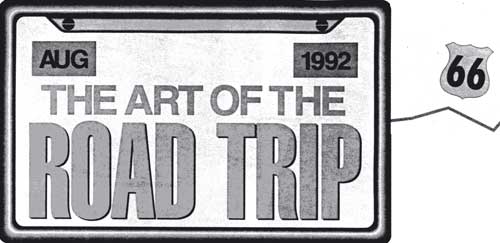
An old New Hampshire barn holding its own against a snowstorm at dusk. Uniformed schoolgirls strolling home via a Caribbean dirt road. Ominous, black clouds racing over an abandoned church. These are the kinds of images road photography presents. To capture life along the backroads of the world is my burning desire, and the most exhilarating experience a professional photographer can have.
Having traveled extensively all of my life, I look at every new trip as an untold story, with each day being a new chapter. Our ever-changing world fascinates and mystifies me. My style is to photograph it in a natural and spontaneous way. The older I get, the faster life seems to be racing by. Thus, I have come to realize the importance of staying rejuvenated–spiritually, mentally, and physically. I have found I can use my camera as a tool to slow down the rushing world.
Our entire life is measured by time, and, unfortunately, most of us have become slaves to it. Instead, we should take hold of ourselves and set aside time to think, to reflect, to enjoy, and to savor the moment. This is exactly what road photography allows me to do; to see the patterns in an old lace curtain, the laugh lines in someone’s face, or the twisted beauty of an old cypress tree as it reaches towards the sky.
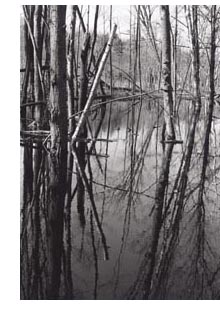
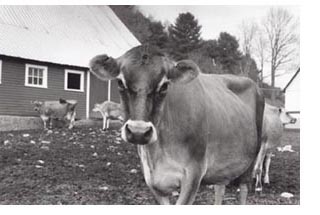
Getting Started
While planning a trip is exciting and filled with anticipation, it’s getting to the destination, or the journey itself, that really stimulates me. The goal is to plan an adventure somewhere–anywhere! It can be down a gravel road in our own neighborhood, or the Straits of Magellan. Whenever I travel, my mind-set becomes that of a “Ramblin’ Man.” The excitement of search and discovery never ceases to challenge me. I thrive on the unexpected, and nonstop adventure is what keeps my adrenaline flowing. Although I rarely see a back road that I am not drawn to, I usually let my instincts direct me down the best path
Staying on the more remote back roads allows me to avoid traffic, which I find distracting and annoying. It is easier to relax my mind and have a keener sense of vision when I have a road all to myself. The element of the unknown that lies ahead, coupled with the feeling of unbridled freedom, makes every day exhilarating. The anticipation of meeting new people, hearing old folklore, and experiencing ever-changing scenery makes the days pass quickly.
I have also found that old, familiar roads have advantages. I can predict certain things that allow me to create images I have previsualized. I will often return to the same road and photograph the same scene under different conditions. I believe that it is one’s strength of vision, combined with relentless curiosity, that makes for memorable photographs.
Learning when to get off the road is equally important. Sometimes, I will spend hours, or even days, walking in an area that I see as having many photographic possibilities. By completely eliminating the distractions of civilization, I find I am able to take a closer look at the subtle details of nature.
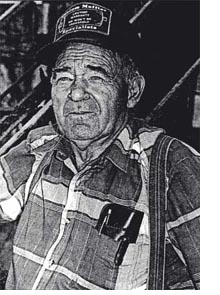
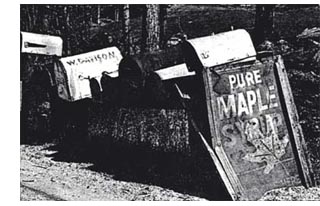
The Technical
Simplicity should always be strived for in photography. Whether you are planning an itinerary or what equipment to take along, try not to over-complicate things. I travel with only the equipment that I deem truly necessary.
I find myself using the same three or four lenses for virtually all of my road photography: a 28mm for capturing the spaciousness of a landscape, a 50mm for environmental portraits and patterns in nature, and an 85mm for portraits and isolating details in my surroundings. I also carry a 200mm telephoto for wildlife photography.
My two Nikon SLRs are always loaded with film, so that I can catch a fleeting moment without wasting a second of precious time. Since I have used the same equipment for over 15 years, my familiarity with it allows me to direct all my energy into creating photographs.
The Time Factor
Early mornings, late afternoons, and early evenings are the best times to find the type of lighting that makes pictures appealing and dramatic. The soft light present at these times produces rich, saturated colors with which my work is associated. Something magical takes place when light, timing, and composition all come together instantaneously.
Stalking light requires patience and perseverance. It can be very fickle; therefore, I always bracket my exposures when there is any doubt about accuracy. First, I shoot at whatever the light meter determines is the correct exposure. Then I will underexpose and overexpose by stop. Gray, cloudy days are wonderful for photographing people, because shadows and squinting expressions are nonexistent. The more aware and prepared you are, the more likely you are to get winning images with relative ease.
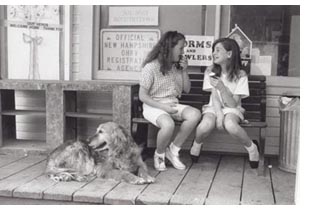
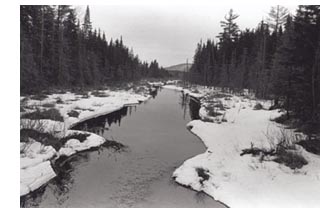
The Human Factor
Life on the road enables me to have numerous encounters with colorful characters. To get great pictures, you must first get to know your subjects. As a basic courtesy, it is important to ask permission before going ahead and shooting. There’s nothing more offensive than a “hit-and-run” photographer.
Taking some fun shots right off the bat, without any expectations, is a good way to relieve tension. My ultimate aim is to achieve a portrait that is honest, interesting, and perceptive. I look for those moments in which a person’s character comes to the surface. Manifestations of true personality pass by swiftly, and it’s up to you to know exactly when to press the shutter.
I love photographing people when they are at work or interacting with others. They are much less self-conscious, and more apt to behave in a purely natural way. There is nothing like capturing the spontaneity of a boy and his grandfather sharing a joke. Looking for this kind of easygoing interaction is critical in every situation. Therefore, it’s important to allow enough time for pictures “to just happen.”
The Technique
Regardless of the subject matter, it is always a good idea to vary the use of your lenses, camera angles, and shooting distances. For example, shooting the same subject both vertically and horizontally will produce dramatically different results.
When photographing landscapes, it is particularly important to travel slowly, in order to discern the more subtle elements. To communicate visual subtleties successfully in an image, you should first determine your reason for taking the photograph, and then figure out the best way to approach it. I scrutinize my surroundings very carefully, and then use my camera’s viewfinder to determine which elements attract me the most.
By studying smaller aspects of the terrain, you can obtain unique perspectives of a landscape. I can easily go through a couple of rolls of film photographing close-ups of the details in an interesting rock formation. I will often include foreground elements in a landscape to add depth to the picture. Including people in a scene is a technique I like to use when I want to alter the perception of a landscape by adding a sense of scale.
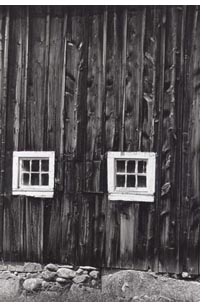

The High Road
Road photography has filled my mind with lasting memories that continue to have a great impact on the way I view the world. These “slices of life” I create each day have become my trademark. Lifestyles, artifacts, and landscapes change and disappear quickly. As a photographer, I see it as one of my roles to try to preserve and share these images to the best of my ability. Once an old barn falls to the ground, it is soon forgotten.
Photographs ensure that we will never forget the simple, quiet beauty that is part of everyday life. As long as there are new places to see and new roads to travel, my photography will continue to excite and rejuvenate me. Road photography is a way of life I wouldn’t trade for anything in the world.
Daryl Hawk, owner of Hawk Photography (Wilton, CT), specializes in travel, corporate, and editorial photography, and is writing a book on road photography.
